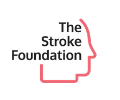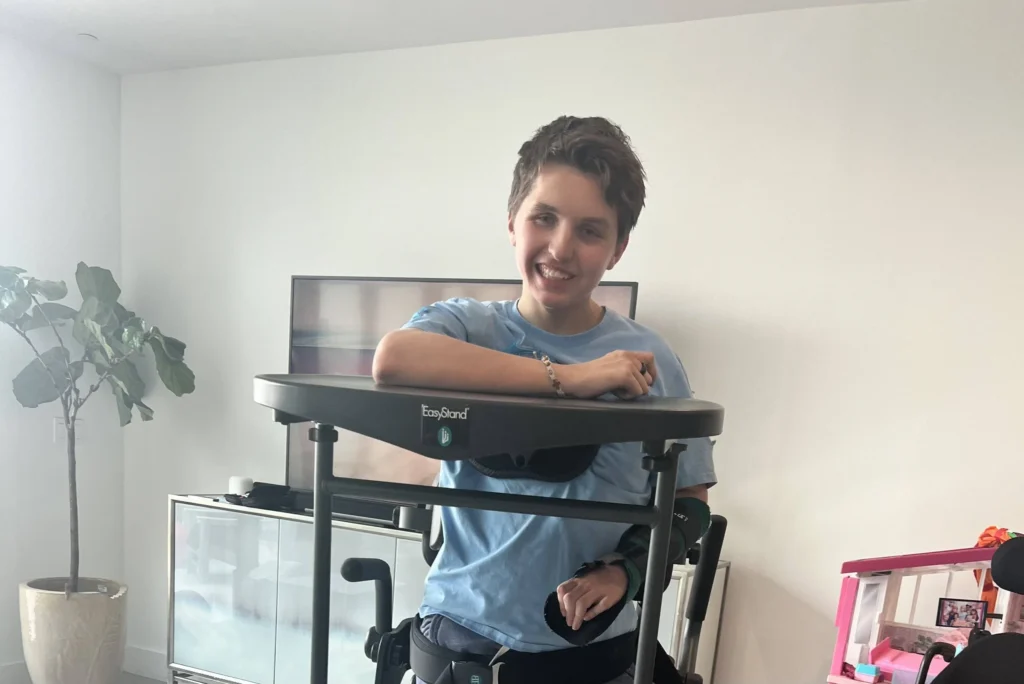A stroke is a neurological condition that can have severe consequences, such as paralysis or weakness on one side of the body. Repetitions on the affected side are crucial in stroke rehabilitation because they help to retrain the brain and body to work together to perform movements that were once easy but now may be difficult or impossible.
When a person experiences a stroke, the blood flow to a part of the brain is disrupted, resulting in damage to that area. Depending on the severity of the stroke, the individual may experience weakness, paralysis, or loss of sensation on one side of the body. This can make it difficult to perform everyday tasks such as dressing, eating, or walking.
Repetitions on the affected side are essential because they help to rewire the brain. The brain is a complex organ that can adapt and change over time. When a stroke occurs, the brain must relearn how to communicate with the affected side of the body. Repetitions of specific movements can help to reinforce these connections and improve the communication between the brain and the body.
Repetitions on the affected side can also help to improve muscle strength and range of motion. When a muscle is not used, it can become weak, making it even more difficult to perform movements. Repetitions help to activate the muscles and improve their strength, making it easier to perform everyday tasks.
Another important reason why repetitions on the affected side matter is that they can help to prevent contractures. A contracture is a tightening of the muscles, tendons, and ligaments, which can lead to a loss of mobility and flexibility. Repetitions help to keep the muscles and joints moving, preventing them from becoming stiff and immobile.
It is essential to note that stroke rehabilitation is a long-term process, and progress can be slow. However, consistent and repetitive exercises on the affected side can make a significant difference in a person’s recovery. A healthcare professional can help to create a rehabilitation plan tailored to the individual’s needs, taking into account the severity of the stroke and the person’s goals.
In conclusion, repetitions on the affected side are crucial in stroke rehabilitation because they help to retrain the brain and body to work together to perform movements that were once easy but now may be difficult or impossible. They also help to improve muscle strength and range of motion, prevent contractures, and make a significant difference in a person’s recovery. Stroke rehabilitation is a long-term process, and with consistent and repetitive exercises, progress can be made towards a better quality of life.





